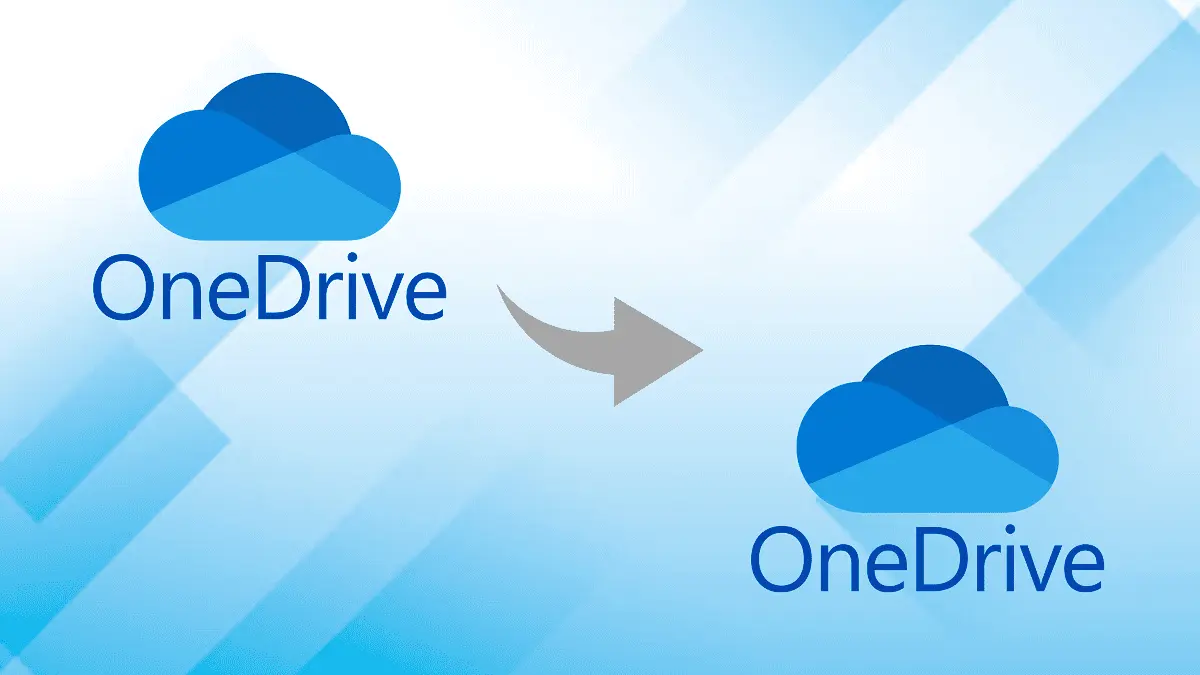In the vast landscape of cloud storage solutions, users often find themselves exploring different platforms to suit their evolving needs. Whether it's seeking enhanced security, increased storage capacity, or specific features, there are various reasons why individuals and businesses may choose to transfer their files from one cloud storage platform to another. If you're contemplating moving your data from OneDrive to another cloud storage platform, this guide is here to assist you in navigating the process seamlessly.
Understanding the Migration
Before embarking on the migration journey, it's essential to understand the motivations behind transferring your files from OneDrive to another cloud storage platform. OneDrive, Microsoft's cloud storage service, offers integration with the Microsoft ecosystem, seamless collaboration features, and generous storage options. However, users may seek alternatives for reasons such as privacy concerns, specific features offered by other platforms, or simply exploring different options to find the best fit for their needs.

Step 1: Evaluate Your Needs
The first step in transferring your files from OneDrive to another cloud storage platform is to evaluate your requirements and preferences. Consider factors such as storage capacity, security features, collaboration tools, pricing plans, and integration with other applications or services. Identifying what you need from a cloud storage platform will help narrow down your options and guide your decision-making process.
Step 2: Choose Your New Platform
Once you've assessed your needs, research and explore alternative cloud storage platforms that align with your requirements. There are numerous options available, each offering its unique set of features and benefits. Some popular alternatives to OneDrive include Google Drive, Dropbox, Box, MEGA, and Amazon Drive. Compare their offerings in terms of storage capacity, security, collaboration tools, pricing, and user experience to determine which platform best meets your needs.
Step 3: Plan Your Migration Strategy
After selecting your new cloud storage platform, it's time to plan your migration strategy. Consider the following aspects when devising your migration plan:
- Data Assessment: Assess the files and folders stored in your OneDrive account and determine which ones you want to transfer to the new platform. This is also an opportunity to declutter and organize your files, ensuring that only essential data is moved.
- Migration Method: Choose a migration method that suits your preferences and technical proficiency. Options include manual transfer, third-party migration tools, and built-in import features provided by the new cloud storage platform.
- Timeline and Schedule: Depending on the size of your data and your availability, establish a timeline for the migration process. Consider scheduling the migration during off-peak hours to minimize disruption.
Step 4: Initiate the Migration
Once you've finalized your migration plan, it's time to initiate the transfer process. Follow the instructions provided by your chosen migration method or tool, ensuring that you grant the necessary permissions and configure any settings according to your preferences. Be patient, as the migration process may take some time to complete, especially for large amounts of data.
Step 5: Verify and Organize
After the migration is complete, take the time to verify that all your files have been transferred successfully to the new cloud storage platform. Double-check folder structures, file names, and permissions to ensure everything is as expected. This is also an opportunity to organize your files further, leveraging the features offered by the new platform to optimize accessibility and collaboration.
Step 6: Decommission OneDrive (Optional)
If you've successfully migrated all your data to the new cloud storage platform and no longer need access to OneDrive, you can choose to decommission your OneDrive account. Be sure to download any remaining data or important files from OneDrive before closing your account to avoid data loss.
In conclusion, transferring your files from OneDrive to another cloud storage platform is a manageable process that requires careful planning and execution. By following the steps outlined in this guide and choosing the approach that best suits your needs, you can seamlessly transition your data to a new platform and take advantage of its features and benefits. Whether you're prioritizing security, storage capacity, or specific features, exploring alternative cloud storage platforms allows you to find the solution that best fits your requirements.
 icons at the top right corner of the subsection.
icons at the top right corner of the subsection.